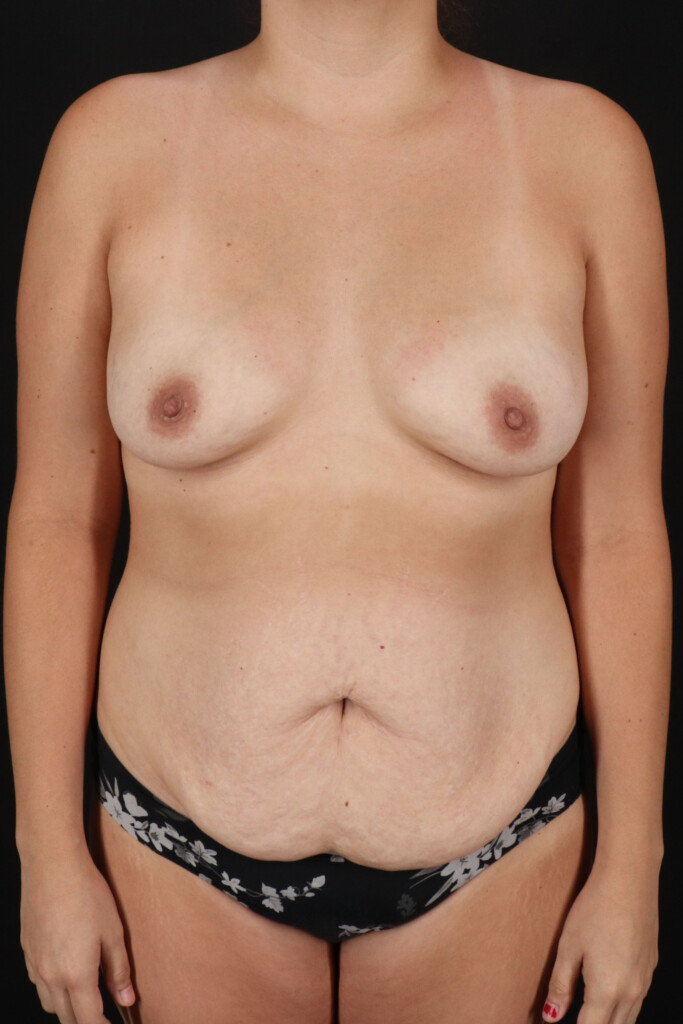What is Breast Implant Illness?
Breast Implant Illness (BII) is a term used by patients and doctors to describe a wide range of symptoms experienced after receiving breast implants. These symptoms often include fatigue, brain fog, joint and muscle pain, anxiety, hair loss, and even autoimmune conditions. While not officially classified as a medical diagnosis, thousands of patients have reported these symptoms and experienced relief after implant removal.
If you’re experiencing unexplained symptoms and suspect your implants may be the cause, you’re not alone—and there are options for moving forward.
What is Breast Implant-Associated Anaplastic Large Cell Lymphoma?
Breast Implant-Associated Anaplastic Large Cell Lymphoma (BIA-ALCL) is a rare form of non-Hodgkin’s lymphoma that develops in the scar tissue and fluid surrounding breast implants. It is most commonly associated with textured implants, although cases have been reported with smooth implants as well.
BIA-ALCL is not breast cancer, but it is a serious condition that requires medical attention. Symptoms typically appear years after implant placement and can include swelling, pain, or lumps near the implant site. Early detection and surgical removal of the implant and surrounding capsule (en bloc capsulectomy) offer the best outcomes.
Symptoms to Watch For ALCL & Breast Implant Illness
If you have breast implants, be aware of these potential symptoms of BII or BIA-ALCL:
- Persistent breast swelling or pain
- Unexplained fatigue or brain fog
- Breast asymmetry or sudden change in shape
- Lumps or fluid near the implant
- Skin rashes or hair thinning
- Joint or muscle aches
- Changes in mood or anxiety
- Enlarged lymph nodes










